Refine listing
Actions for selected content:
2251 results in Cambridge Elements
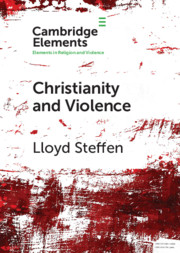
Christianity and Violence
-
- Published online:
- 20 April 2021
- Print publication:
- 20 May 2021
-
- Element
- Export citation
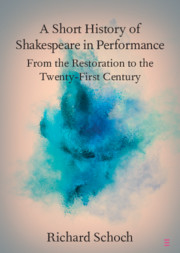
A Short History of Shakespeare in Performance
- From the Restoration to the Twenty-First Century
-
- Published online:
- 19 April 2021
- Print publication:
- 13 May 2021
-
- Element
- Export citation
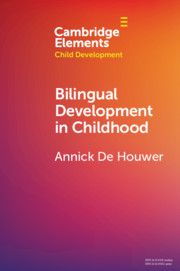
Bilingual Development in Childhood
-
- Published online:
- 19 April 2021
- Print publication:
- 13 May 2021
-
- Element
- Export citation
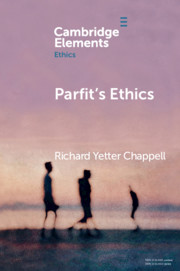
Parfit's Ethics
-
- Published online:
- 15 April 2021
- Print publication:
- 13 May 2021
-
- Element
- Export citation
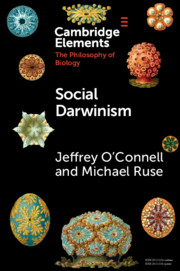
Social Darwinism
-
- Published online:
- 14 April 2021
- Print publication:
- 29 April 2021
-
- Element
- Export citation
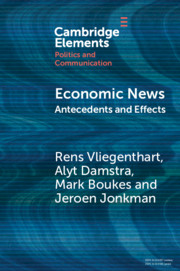
Economic News
- Antecedents and Effects
-
- Published online:
- 14 April 2021
- Print publication:
- 17 June 2021
-
- Element
- Export citation
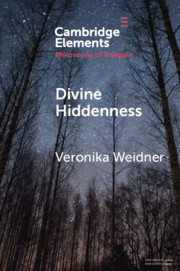
Divine Hiddenness
-
- Published online:
- 13 April 2021
- Print publication:
- 27 May 2021
-
- Element
- Export citation
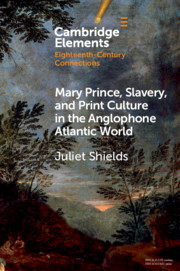
Mary Prince, Slavery, and Print Culture in the Anglophone Atlantic World
-
- Published online:
- 12 April 2021
- Print publication:
- 06 May 2021
-
- Element
- Export citation
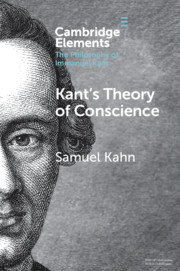
Kant's Theory of Conscience
-
- Published online:
- 08 April 2021
- Print publication:
- 06 May 2021
-
- Element
- Export citation
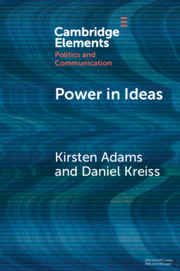
Power in Ideas
- A Case-Based Argument for Taking Ideas Seriously in Political Communication
-
- Published online:
- 08 April 2021
- Print publication:
- 13 May 2021
-
- Element
- Export citation
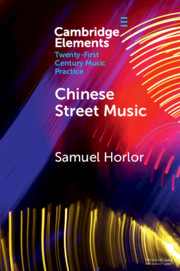
Chinese Street Music
- Complicating Musical Community
-
- Published online:
- 06 April 2021
- Print publication:
- 29 April 2021
-
- Element
- Export citation
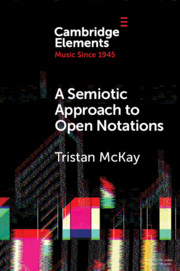
A Semiotic Approach to Open Notations
- Ambiguity as Opportunity
-
- Published online:
- 01 April 2021
- Print publication:
- 29 April 2021
-
- Element
- Export citation
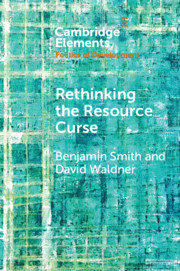
Rethinking the Resource Curse
-
- Published online:
- 01 April 2021
- Print publication:
- 22 April 2021
-
- Element
- Export citation
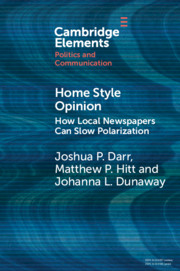
Home Style Opinion
- How Local Newspapers Can Slow Polarization
-
- Published online:
- 31 March 2021
- Print publication:
- 29 April 2021
-
- Element
- Export citation
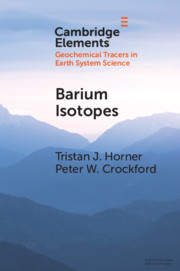
Barium Isotopes
- Drivers, Dependencies, and Distributions through Space and Time
-
- Published online:
- 30 March 2021
- Print publication:
- 22 April 2021
-
- Element
- Export citation
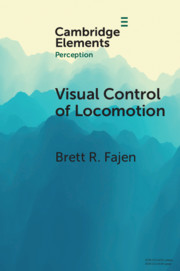
Visual Control of Locomotion
-
- Published online:
- 30 March 2021
- Print publication:
- 22 April 2021
-
- Element
- Export citation
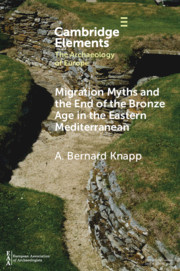
Migration Myths and the End of the Bronze Age in the Eastern Mediterranean
-
- Published online:
- 27 March 2021
- Print publication:
- 22 April 2021
-
- Element
- Export citation
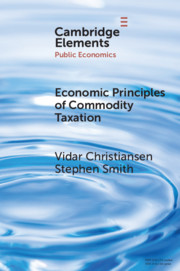
Economic Principles of Commodity Taxation
-
- Published online:
- 24 March 2021
- Print publication:
- 22 April 2021
-
- Element
- Export citation
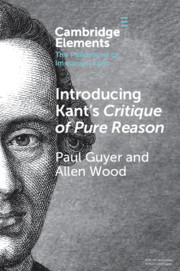
Introducing Kant's Critique of Pure Reason
-
- Published online:
- 24 March 2021
- Print publication:
- 22 April 2021
-
- Element
- Export citation
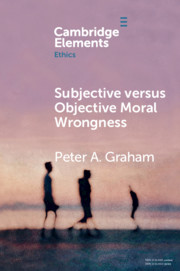
Subjective versus Objective Moral Wrongness
-
- Published online:
- 20 March 2021
- Print publication:
- 15 April 2021
-
- Element
- Export citation
